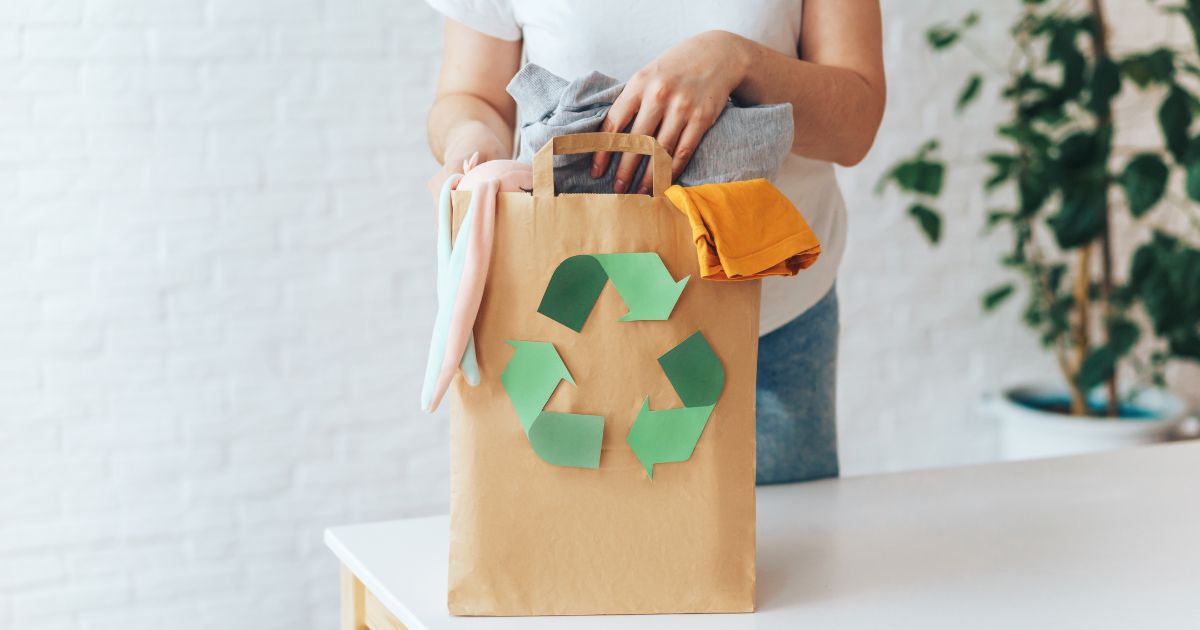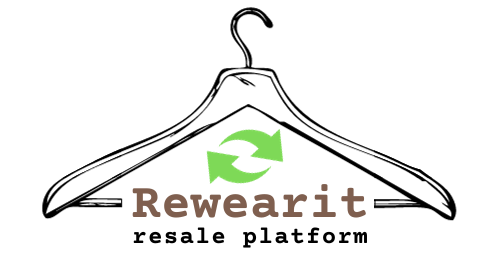Weaving Change: A Mission to Reduce Pollution and Waste in the Cloth Industry

Introduction:
The textile and clothing industry, a cornerstone of global commerce, has been both a source of economic prosperity and environmental concern. Recognizing the urgent need for change, a mission has emerged with a clear objective: to reduce pollution and waste in the cloth industry. This concerted effort aims to transform the way fabrics are produced, garments are manufactured, and ultimately, to create a more sustainable and environmentally friendly textile ecosystem.
The Environmental Toll of Textiles:
Traditional methods of textile production often involve resource-intensive processes, including heavy water consumption, the use of harmful chemicals, and the generation of significant waste. As a result, the cloth industry has been a major contributor to pollution and environmental degradation. The mission to reduce pollution and waste in the cloth industry acknowledges these challenges and strives to redefine industry norms.
Sustainable Fiber Sourcing:
At the heart of this mission is a commitment to sustainable fiber sourcing. By opting for eco-friendly alternatives, such as organic cotton, hemp, or recycled fibers, the goal is to reduce the environmental impact associated with raw material extraction and cultivation. This shift towards sustainable sourcing sets the foundation for a more responsible and environmentally conscious cloth production process.
Innovative Production Techniques:
The mission encourages the adoption of innovative and eco-friendly production techniques to minimize pollution. This includes the exploration of cleaner dyeing processes, the use of non-toxic chemicals, and the implementation of water and energy-efficient manufacturing methods. By embracing these advancements, the cloth industry can significantly reduce its ecological footprint while still meeting the demands of a growing market.
Waste Reduction Strategies:
Addressing waste throughout the textile lifecycle is a key aspect of the mission. The cloth industry is notorious for generating substantial waste during production, with offcuts, discarded fabrics, and unsold inventory contributing to the problem. The mission promotes the adoption of circular economy principles, encouraging the reutilization of waste materials, recycling, and the development of sustainable end-of-life solutions for cloth products.
Consumer Awareness and Responsible Consumption:
A crucial component of the mission is the empowerment of consumers through education and awareness campaigns. By fostering a deeper understanding of the environmental impact of cloth production and consumption, consumers can make more informed choices. The mission encourages responsible consumption habits, promoting quality over quantity and advocating for the longevity of garments to reduce the overall demand for new textiles.
Collaboration and Industry Standards:
Recognizing the need for systemic change, the mission emphasizes collaboration across the cloth industry. It calls for collective efforts to establish and adhere to industry-wide sustainability standards, ensuring that environmentally friendly practices become the norm rather than the exception. Collaboration among manufacturers, suppliers, retailers, and policymakers is seen as essential for achieving lasting impact.
Conclusion:
“Weaving Change: A Mission to Reduce Pollution and Waste in the Cloth Industry” is not just a call to action; it’s a commitment to transforming an industry for the better. By reevaluating sourcing practices, adopting innovative production methods, and promoting responsible consumption, this mission strives to weave a more sustainable and environmentally conscious future for the cloth industry. As stakeholders align their efforts towards these shared goals, the potential for positive change within the industry becomes not only conceivable but achievable.


